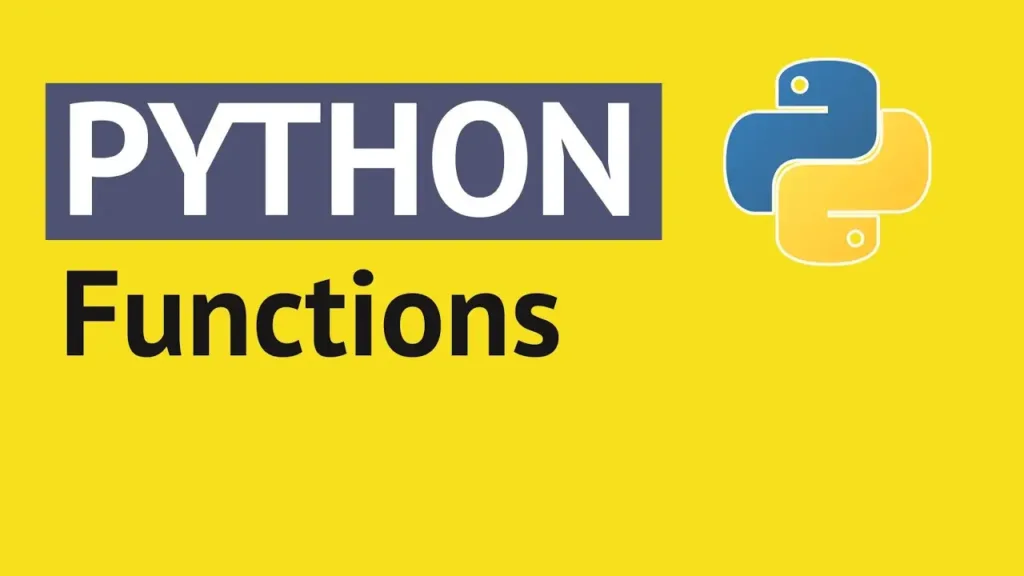Python has become one of the most popular programming languages in the world, largely because of its simplicity and flexibility. Yet, behind that simplicity lies one of the most powerful tools every programmer must master: functions.
Functions are more than just a way to organize code. They bring clarity, reusability, and structure, allowing developers to build applications that are easy to read, maintain, and scale. To truly excel in Python programming, understanding how to create and use functions effectively is essential.
Why Functions Matter in Python
At their core, functions break complex problems into smaller, manageable tasks. Instead of writing the same logic repeatedly, developers can store it in a function and call it whenever required. This saves time, reduces errors, and keeps the code clean.
The benefits of using functions in Python include:
-
Reusability – Write once, use multiple times.
-
Readability – Functions make code easier for others to understand.
-
Maintainability – Changes can be made in one place rather than across the program.
-
Scalability – Functions make large projects manageable.
Think of functions as a toolbox. The more organized and well-built your toolbox is, the easier your development process will be.
Tips and Best Practices for Python Functions
1. Keep Functions Simple and Focused
A good function should do only one task and do it well. When a function tries to handle too many things at once, it becomes complicated and harder to debug. Breaking larger tasks into smaller, dedicated functions ensures your code follows the principle of simplicity.
2. Use Descriptive Names
The name of a function should clearly explain what it does. For example, a function named calculate_total is much clearer than one called ct. Descriptive names make code self-explanatory, reducing the need for excessive comments.
3. Default and Optional Parameters
Python allows functions to have default values for parameters. This flexibility helps in creating functions that can adapt to different situations without overloading them with unnecessary arguments. For example, setting a default value means the function can still work even when some inputs are not provided.
4. Keyword Arguments Improve Readability
Keyword arguments allow you to call functions more explicitly. Instead of passing values in order, you can name them, which makes the purpose of each input very clear. This reduces confusion, especially when a function takes many parameters.
5. Keep Return Values Consistent
Every function should ideally return a predictable and consistent type of result. If sometimes it returns a number and other times a text, it may create confusion. Maintaining consistency makes it easier for others (and your future self) to use the function without surprises.
6. Write Short and Modular Functions
Long functions often hide errors and become difficult to follow. If you find your function growing too large, divide it into smaller ones. Modular functions make debugging easier and promote reusability in other parts of the program.
7. Document with Docstrings
Clear documentation is a hallmark of professional programming. Adding short explanations, known as docstrings, right below the function declaration helps others understand the purpose, inputs, and outputs of the function. This is especially important in collaborative projects.
8. Use Functions to Avoid Repetition
Repetitive code is not only boring but also error-prone. Functions help eliminate repetition by consolidating logic in one place. If you need to update the logic, you only need to do it once instead of fixing it in multiple areas.
9. Understand Scope
Variables defined inside a function are local to that function. This means they cannot be accessed outside unless specifically returned. Understanding scope ensures that variables don’t interfere with each other across different parts of your program. It also encourages clean, organized code.
10. Regularly Test Your Functions
Testing is essential to ensure your functions work as intended. Even small functions can behave unexpectedly with certain inputs. Writing test cases, even simple ones, helps verify that your functions are reliable and ready for use in larger projects.
Tricks for Smarter Function Usage
-
Flexibility with parameters: Functions can be designed to accept varying numbers of inputs, making them adaptable for different scenarios.
-
Avoid global variables: Relying on global variables often leads to confusing code. Always try to keep inputs and outputs clear through function parameters and return values.
-
Use small helper functions: Instead of one large “do-it-all” function, use small helpers that each perform a single task. Together, they form a powerful and well-structured system.
-
Think of functions as mini-programs: Each function should have a clear beginning (inputs), a process (logic), and an end (outputs).
Conclusion
Mastering functions in Python is not about writing fancy or complex logic. It is about writing code that is clear, reusable, and easy to maintain. By keeping functions simple, naming them clearly, documenting them well, and testing them regularly, you build strong foundations for any Python project.
Functions are where true programming discipline begins. They are not just tools for organizing code but also the key to building efficient, scalable, and reliable applications. If you aim to become a confident Python developer, understanding and applying the best practices of functions should be at the top of your list.
